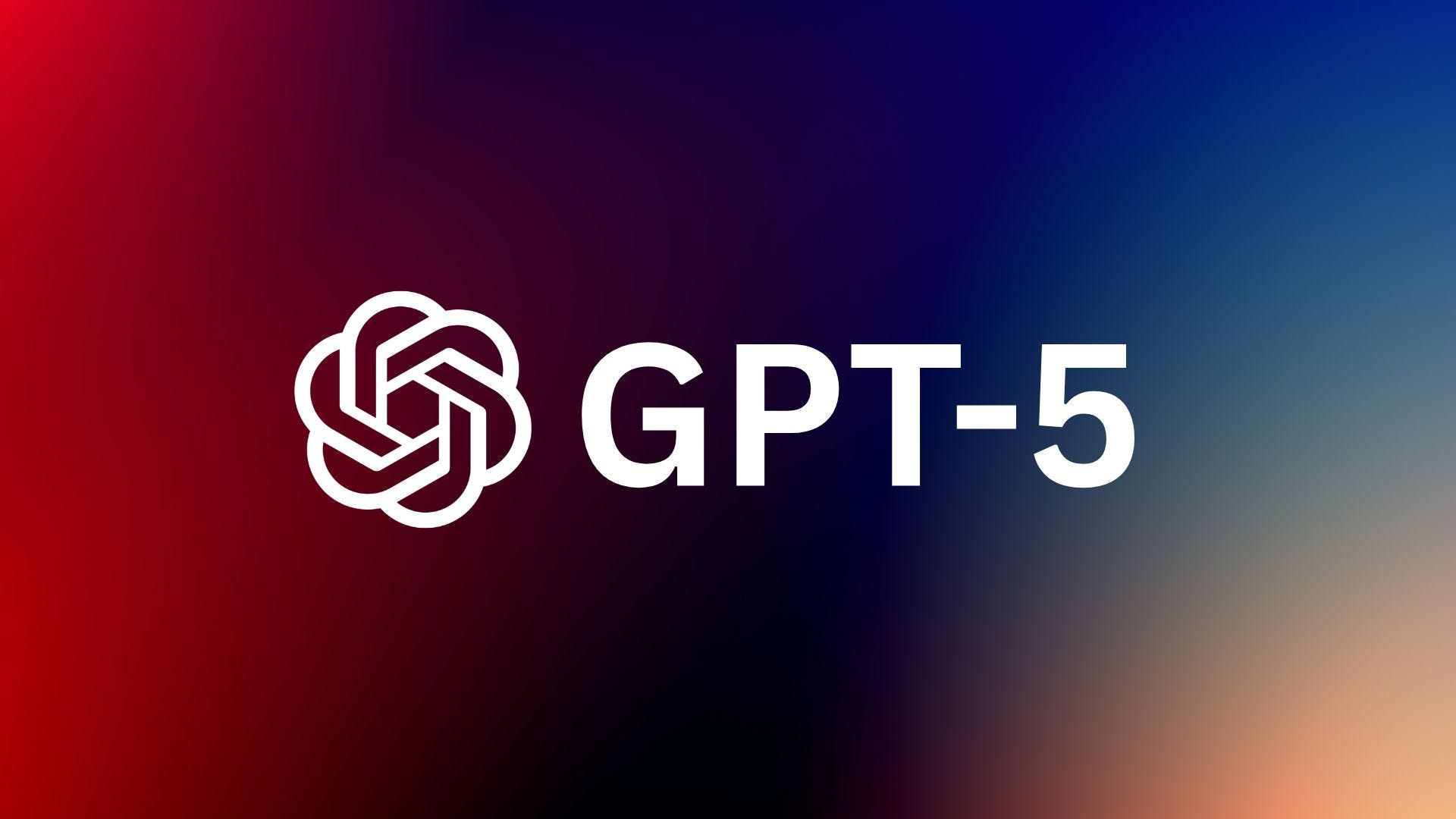The launch of GPT-5 is one of the most anticipated events in the software development world. OpenAI’s new model is positioned as a leap forward in automating tasks that developers regularly perform.
While this is still an evolving situation, GPT-5 brings promises of higher accuracy and improved software engineering capabilities, builds on the foundations set by GPT-4o and offers tools that could fundamentally change the way developers work.
While I don’t have access to GPT-5 yet, based on the demos we’ve seen from OpenAI we’ll take a first look at the new features GPT-5 brings to the table, how it improves real-world coding tasks, and particularly how it strengthens frontend development.
Let’s break down the important updates and figure out if GPT-5 truly lives up to the hype.
What is GPT-5?
GPT-5 is the latest version of OpenAI’s language models, designed to push the boundaries of AI-driven capabilities. It combines deep reasoning, faster responses, and a more intuitive understanding of complex tasks, making it ideal for a wide range of applications, from software development to creative writing. Building on the achievements of GPT-4o, GPT-5 refines its predecessor’s strengths and introduces powerful new features, including advanced tool integration and improved performance in coding, design, and scientific analysis.
GPT-5 Performance
GPT-5 has shown significant improvements over previous models in real-world benchmarks. In the SWE-bench Verified test, a test to evaluate AI’s ability to solve real-world engineering problems in open-source Python repositories, GPT-5 scored 74.9%, outpacing GPT-4 by over 20 percentage points. While these numbers look impressive, they primarily assess if a model can fix issues within a real GitHub repository, not whether the solution is optimal or maintainable long-term.
What’s really noteworthy here is that GPT-5’s increased accuracy isn’t just theoretical. The model delivers faster results while using fewer tokens and fewer tool calls leading to a more cost-efficient experience for developers.
Efficiency Boosts: Less Is More
GPT-5’s efficiency improvements make it an appealing option for teams looking to optimize their workflows. By using 22% fewer tokens than its predecessor, GPT-5 reduces the API calls needed for tasks, making development faster and cheaper. This means developers can rely on GPT-5 for more complex tasks without worrying about unnecessary overhead costs.
When it comes to code editing, GPT-5 has also outperformed o3 by hitting an 88% accuracy rate, up from 81%. This improvement is crucial for developers looking for reliable code suggestions that can be implemented immediately.
New GPT-5 API Features
GPT-5 not only brings improvements in performance but also introduces several new API features that empower developers with greater control and flexibility. These updates allow for more fine-tuned interactions with the model, making it easier to integrate GPT-5 into different workflows. Let’s dive into the key new features:
1. Custom Tools
One of the most anticipated updates in GPT-5 is the ability for developers to use plain text for function calls instead of having to deal with JSON formatting. This change streamlines the process of passing large code blocks to the model and eliminates the frustration of JSON escaping. The input format can now be defined using regular expressions (regex) or formal grammars, which gives developers greater flexibility and control when interacting with the model.
2. Reasoning Effort Control
The addition of a reasoning_effort parameter adds a new level of customization to the model’s behavior. With four levels minimal, low, medium, and high developers can now adjust the speed vs. quality trade-off depending on the task at hand. For simple autocomplete tasks, the minimal setting might be sufficient, while more complex, high-level architectural decisions may require a high setting for more thoughtful output.
3. Verbosity Control
Verbosity control gives developers the ability to manage how detailed the model’s responses are. Whether you want just the raw code or a full explanation with context, you can now set the verbosity level to low, medium, or high. This feature is ideal for fine-tuning the balance between development speed and understanding when using GPT-5 in production environments.
4. Longer Context Support
Another important API improvement is GPT-5’s ability to handle significantly larger context windows. Developers can now work with up to 400,000 tokens (272K input + 128K output) in a single conversation. This is a game-changer for projects involving large codebases or long, complex tasks that require maintaining context over extended periods.
5. Improved Tool Use
GPT-5’s ability to interact with external tools has also seen significant improvement. Whether you’re working with deployment scripts, debugging tasks, or running multi-tool processes, GPT-5 can now manage these more complex workflows with greater accuracy. This enhanced tool integration is especially useful for automated development tasks and system management, where the model can now handle more intricate operations without losing track of the goal.
6. Availability & Pricing
GPT-5 is available in three versions: gpt-5, gpt-5-mini, and gpt-5-nano. Each comes with different pricing structures to cater to various levels of computational power and usage needs. These models support reasoning_effort and verbosity API parameters, custom tools, parallel tool calling, and core API features such as streaming and structured outputs.
- gpt-5: $1.25 per 1M input tokens and $10 per 1M output tokens
- gpt-5-mini: $0.25 per 1M input tokens and $2 per 1M output tokens
- gpt-5-nano: $0.05 per 1M input tokens and $0.40 per 1M output tokens
- gpt-5-chat-latest (non-reasoning version): $1.25 per 1M input tokens and $10 per 1M output tokens
These models also support cost-saving features such as prompt caching and Batch API, which help reduce operational expenses for high-volume applications.
Here is a full price chart if you’d like:
| Model | Input Cost | Cached Input | Output Cost | |
| GPT-5 | $1.25 | $0.125 | $10.00 | |
| GPT-5-mini | $0.25 | $0.025 | $2.00 | |
| GPT-5-nano | $0.05 | $0.005 | $0.40 | |
| GPT-5-chat-latest | $1.25 | $0.125 | $10.00 | |
| GPT-4.1 | $2.00 | $0.50 | $8.00 | |
| GPT-4.1-mini | $0.40 | $0.10 | $1.60 | |
| GPT-4.0 | $2.50 | $1.25 | $10.00 |
GPT-5 and Frontend Development
OpenAI has placed a strong emphasis on frontend development & design with GPT-5. In fact, preliminary reports from developers indicate that that GPT-5’s frontend output is vastly superior than the preent state-or-the-art models in 70% of cases. The model has been particularly praised for its ability to generate fully functional applications from a single prompt, like landing pages, interactive tools, and even games.
However, as with any automated tool, it’s not just about generating something quickly. Real frontend work involves responsive design, usability, integration with existing platforms, and maintaining code that is both clean and scalable. GPT-5 does well in initial stages, but the real test will be in its long-term integration into production-level projects.
Here are a few examples we saw being built with GPT-5
Example Projects Built with GPT-5
- Espresso Lab Website
A clean and modern coffee shop website, focusing on user experience and smooth animations. GPT-5 made quick work of this design with interactive product displays.
- Audio Step Sequencer App
A user-friendly music creation tool where users can sequence audio patterns in real time. GPT-5’s ability to build complex, interactive UI components came through here.
- Outer Space Game
A highly engaging space-themed game with real-time interactions and fun mechanics, showcasing GPT-5’s potential to handle both frontend design and logic integration.
These examples show the potential GPT-5 has to create dynamic, user-focused applications from scratch, with much more accuracy and speed than its predecessors.
Significant Improvements in Tool Usage
Another area where GPT-5 excels is in its tool integration and automation capabilities. On benchmarks like T2-bench, which test AI’s ability to handle multiple development tools simultaneously, GPT-5 scored an impressive 96.7%, far surpassing the performance of previous models.
This improvement makes GPT-5 ideal for developers working with complex workflows, such as creating multi-step automation scripts or integrating various tools into one cohesive pipeline. With fewer tool-calling errors, GPT-5 provides a smoother, more reliable experience for teams managing large-scale development projects.
Reduced Hallucinations and Improved Safety
Factual accuracy is a critical concern in development, and GPT-5 addresses this by reducing hallucinations by significantly compared to earlier models. With web search enabled on anonymized prompts representative of ChatGPT production traffic, GPT‑5’s responses are ~45% less likely to contain a factual error than GPT‑4o, and when thinking, GPT‑5’s responses are ~80% less likely to contain a factual error than OpenAI o3.
Fewer wrong function names, API endpoints, and technical details mean developers will spend less time correcting the model’s mistakes and more time building useful features.
Early Industry Feedback
Early users of GPT-5, such as Cursor, Windsurf, and Vercel, have shared positive experiences, particularly praising its efficiency and frontend development capabilities. GitHub’s CEO has highlighted GPT-5’s potential for tackling complex refactoring tasks, while various startups report significant improvements in code quality. Still, the true test will come when diverse teams begin using GPT-5 in live production environments.
The Verdict: GPT-5 in the Real World
GPT-5’s benchmarks are impressive, but as always, the real test lies in real-world applications. How well will it handle massive codebase refactors or automate complex workflows without introducing errors? Can GPT-5’s frontend capabilities be relied upon for full-scale, production-level projects?
Even for teams like ours at DeepDocs, which rely on advances in LLMs to generate accurate documentation updates, GPT-5 looks like a promising upgrade. That said, we’ll reserve judgment until we’ve tested it ourselves.
Only time will tell whether the promises hold up in actual development environments.



































